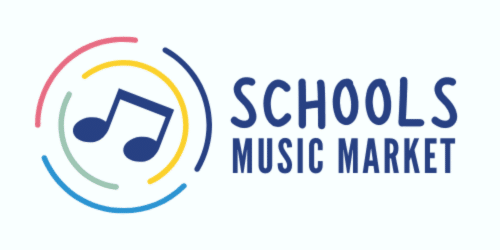Year 1 music education is a symphony of cognitive, emotional, and social development. It’s where young minds engage, experiment, and express themselves through the universal language of melodies and rhythms. The Model Music Curriculum serves as a conductor’s baton, guiding educators through the harmonious process of imparting musical wisdom to Year 1 students. In this blog, we’ll orchestrate an understanding of the essential skills that these budding musicians are expected to learn by the end of their first formal year in music education.
The Essence of the Model Music Curriculum for Year 1 Music
The Model Music Curriculum isn’t just a collection of musical notes to be hit; it’s a philosophy that resonates with the holistic development of a child’s musical abilities in Year 1 music. It is structured around four key strands—Performing, Composing, Listening, and Understanding Music—each contributing to the growth of a well-rounded young musician.
Performing: The Stage of Learning
In the realm of performance in Year 1 music, Year 1 students embark on a journey of vocal and instrumental discovery. They learn to sing with a steady pitch, play basic rhythms on percussion instruments, and participate in group music-making, which teaches them the fundamentals of musical collaboration in Year 1 music.
Vocal Skills in Year 1
Vocal development in Year 1 focuses on singing simple songs and chants. Teachers encourage this through familiar tunes, call-and-response techniques, and individual and group singing to build confidence in Year 1. Songs like “Twinkle, Twinkle, Little Star” and “Old McDonald Had a Farm,” often accompanied by hand motions, become the stepping stones to vocal proficiency in Year 1.
Instrumental Skills in Year 1
Instrumental skills in Year 1 music involve playing simple rhythms and exploring the sounds of various percussion instruments. Color-coded notation and a classroom rhythm ensemble are tools used to develop these skills, making the learning process both educational and enjoyable in Year 1.
Participation in Year 1
Active participation in group music-making in Year 1 fosters essential social skills. Activities like circle rhythm games and freeze dance not only teach musical concepts but also promote listening and teamwork in Year 1.
Composing: The Art of Creation
Year 1 students are introduced to the art of composing in Year 1 through the exploration of sounds, creating patterns, and expressing ideas and emotions through music.
Exploration of Sound in Year 1
The exploration of sound in Year 1 music is all about encouraging vocal experimentation and the use of instruments to create a palette of auditory textures. Storytelling and picture books often inspire students in Year 1 music to produce soundscapes that reflect narratives and scenes.
Creating Patterns in Year 1
Creating and repeating patterns in Year 1 form the basis of composition. Body percussion and simple motifs teach students in Year 1 the structure and beauty of rhythmic and melodic patterns.
Expressing Ideas in Year 1
Music as a form of expression in Year 1 is cultivated by discussing how different tunes can represent various emotions. Improvisation and instrument selection based on emotional response are activities that encourage students in Year 1 to use music as a form of personal expression.
Listening: The Art of Auditory Appreciation
A critical aspect of Year 1 music education is the development of listening skills. In Year 1, students learn to identify instruments, understand the mood of pieces, and concentrate on musical details in Year 1 music.
Identifying Instruments in Year 1
Recognizing instruments by sight and sound in Year 1 music introduces students to the diverse world of musical timbres. This is often achieved through visuals, audio clips, and live demonstrations.
Understanding Mood in Year 1
Understanding the mood of music in Year 1 music involves teaching students to articulate how different pieces make them feel. This skill is developed by exposing them to a variety of genres and styles and building a vocabulary of descriptive words related to music.
Concentration in Year 1
Concentration is honed through attentive listening and responding to music. Creating a quiet environment and asking specific questions about the music can enhance this skill in Year 1 music.
Understanding Music: The Theory Behind the Notes
Theoretical knowledge is just as important as practical skills in Year 1 music. Year 1 students learn the basics of dynamics, tempo, rhythm, and pattern recognition in music.
Musical Concepts in Year 1
Basic musical concepts such as loud and soft (dynamics) and fast and slow (tempo) are introduced through interactive activities and focused listening in Year 1 music.
Rhythm and Beat in Year 1
Keeping a steady beat and clapping back rhythms in Year 1 music develop a student’s sense of timing and rhythmical structure, laying the groundwork for more advanced musical education in Year 1 music.
Recognizing Patterns in Year 1
The ability to recognize and predict patterns in music in Year 1 music is fundamental to musical understanding. Simple repetition and call-and-response exercises are effective methods for teaching this skill in Year 1.
By the end of Year 1, students following the Model Music Curriculum are expected to be familiar with a range of musical terminology and concepts in Year 1 music, including keywords like ‘year 1 music’ that serve as the building blocks for the students’ musical vocabulary and will be used continually as they progress in their musical journey in Year 1 music.
For resources to support your music classroom click here to browse the full list.



